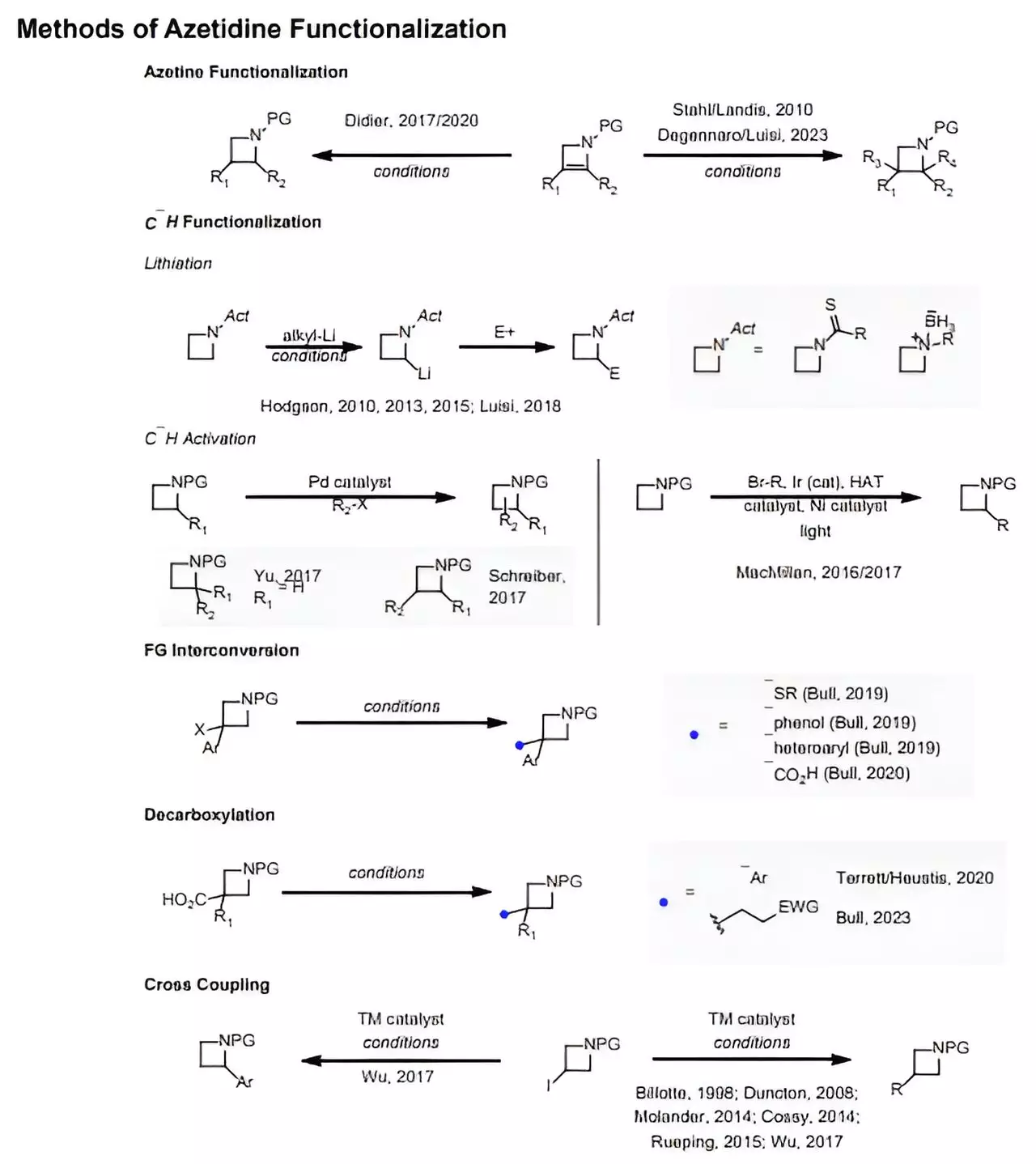In an inspiring leap forward in the field of chemistry, researchers from the Massachusetts Institute of Technology (MIT) and the University of Michigan have unveiled a revolutionary technique for synthesizing azetidines—compounds with a four-membered nitrogen-containing ring. Notably, azetidines have historically posed formidable challenges in synthetic chemistry compared to their five-membered counterparts, which dominate the landscape of FDA-approved pharmaceuticals. This breakthrough not only brings optimism into the realm of drug development but also sets the stage for a new approach to chemical reactions—one steered by the innovative application of a photocatalyst and predictive computational models.
Azetidines are intriguing molecules that may harbor untapped therapeutic potential. Currently, they are obscured in marginality, overshadowed by nitrogen heterocycles with five-membered rings, as the latter are embedded within numerous well-known drugs such as antibiotics and cancer treatments. The fact that only a handful of FDA-approved drugs utilize these emergent four-membered structures, such as penicillin, points to both a significant opportunity and challenge in pharmaceuticals. The research spearheaded by Heather Kulik and Corinna Schindler speaks to this potential, revealing a pathway toward enabling these elusive compounds to emerge as a new class of drugs.
Revolutionizing Reaction Predictions
What makes this study particularly exciting is the marriage of classic chemical principles with modern computational methods. By utilizing a photocatalyst—a substance that can absorb light and transfer energy to chemical reactants—the researchers were able to induce chemical reactions that otherwise would not have occurred under conventional conditions. The beauty of this approach lies in its ability to transcend the often cumbersome trial-and-error methods that have been a staple in chemical synthesis. Instead, the combination of computational modeling and photocatalysis promises a more calculated and efficient way to identify chemical reactions that ensure success.
Kulik emphasizes the advantage of pre-screening compounds based on their likely reactivity, stating, “Going forward, rather than using a trial-and-error process, people can prescreen compounds and know beforehand which substrates will work and which ones won’t.” This forward-thinking methodology could significantly reduce the time and resources spent on synthesizing compounds that ultimately may not yield desired reactions, making it a game-changer for pharmaceutical companies scrambling to innovate.
Driving Reactions through Quantum Mechanics
Delving deeper into the mechanism of this innovation, the research team focused on the concept of frontier orbital energy matching—a quantum mechanical approach involving the orbitals of an atom that house its most reactive electrons. By applying density functional theory, the authors were able to effectively forecast the interactions between different reagents, specifically alkenes and oximes. The energy calculations revealed that when these compounds are placed in an excited state by the photocatalyst, their propensity for reaction significantly increases, effectively lowering the energy barrier needed for the reaction to proceed.
The mathematical framework constructed in this study has far-reaching implications across the chemistry domain. By auditing the electronic configurations of numerous alkenes and oximes in the context of their energetic profiles, the researchers successfully predicted which pairs would yield successful reactions to form azetidines. Not only does this level of predictive power expand the horizon for possible azetidine syntheses, but it also showcases how computational models can drastically shift traditional paradigms in chemical research.
Practical Applications and Future Directions
As guiding lights in the endeavor to synthesize azetidines, the researchers examined multiple reactions experimentally. Astonishingly, their computational predictions showed a high degree of accuracy, heralding a new era in drug discovery. Among their synthesized compounds were derivatives of existing drugs, such as amoxapine and indomethacin, which exemplify the direct translational potential of this research. The fact that promising derivatives of already-approved medications could be created suggests not just the relevance of azetidines, but also the efficiency of the new synthesis route.
This study is not merely an academic exercise; it stands to make a tangible impact on the pharmaceutical landscape. By utilizing such sophisticated modeling techniques alongside innovative photocatalysis, the pharmaceutical industry could preemptively predict potential drug candidates before expending resources on lengthy development processes. As Kulik aptly points out, “Using photocatalysts to excite substrates is a very active and hot area of development,” and the implications for the future of drug synthesis and discovery are profound.
In an era when new drug discovery faces rising costs and intricate regulatory environments, the approach discussed in this research could lead to significant advancements in pharmacological developments. As a collaboration between computational and experimental chemistry continues to flourish, the potential for discoveries that can alter therapeutic paradigms seems brighter than ever.

